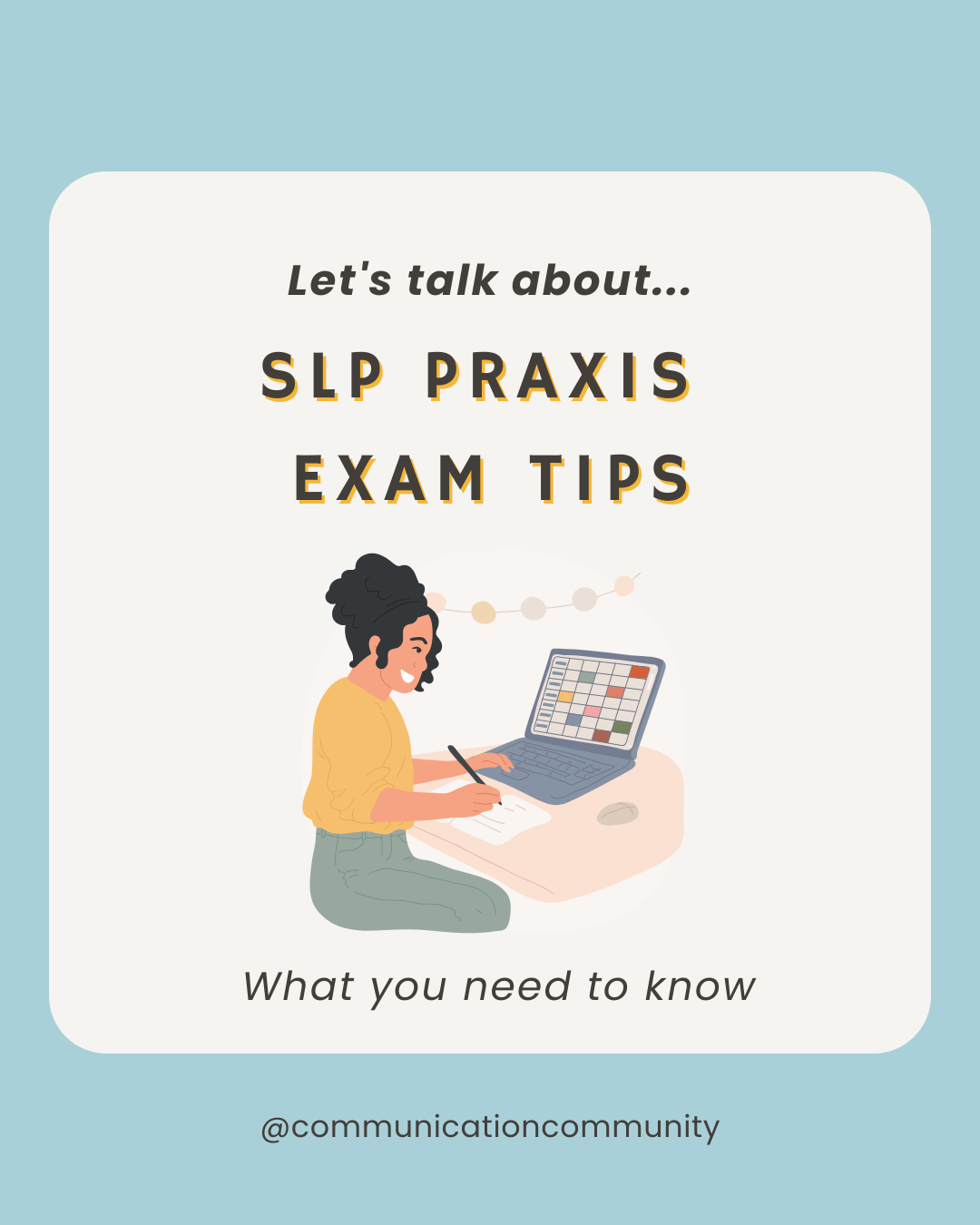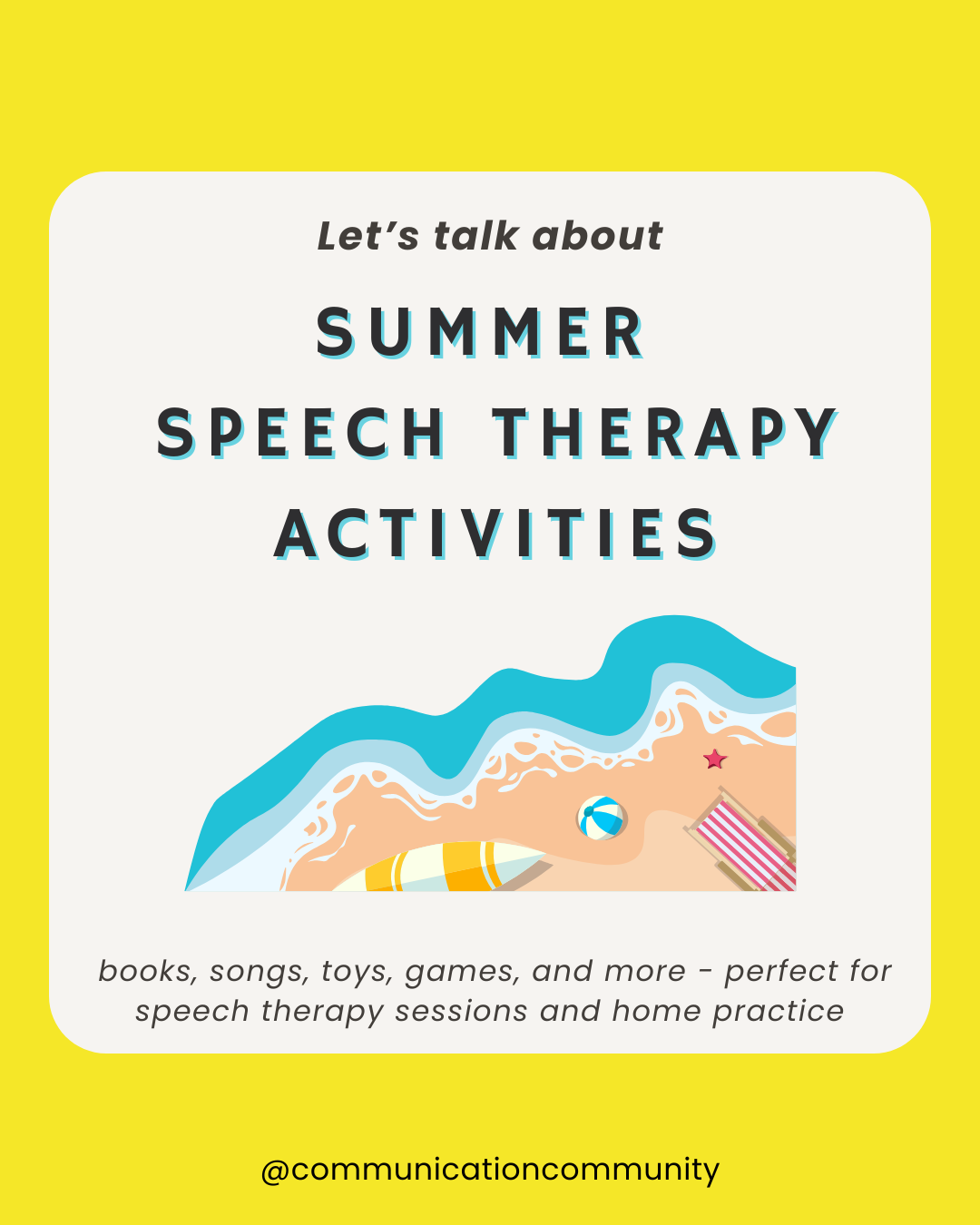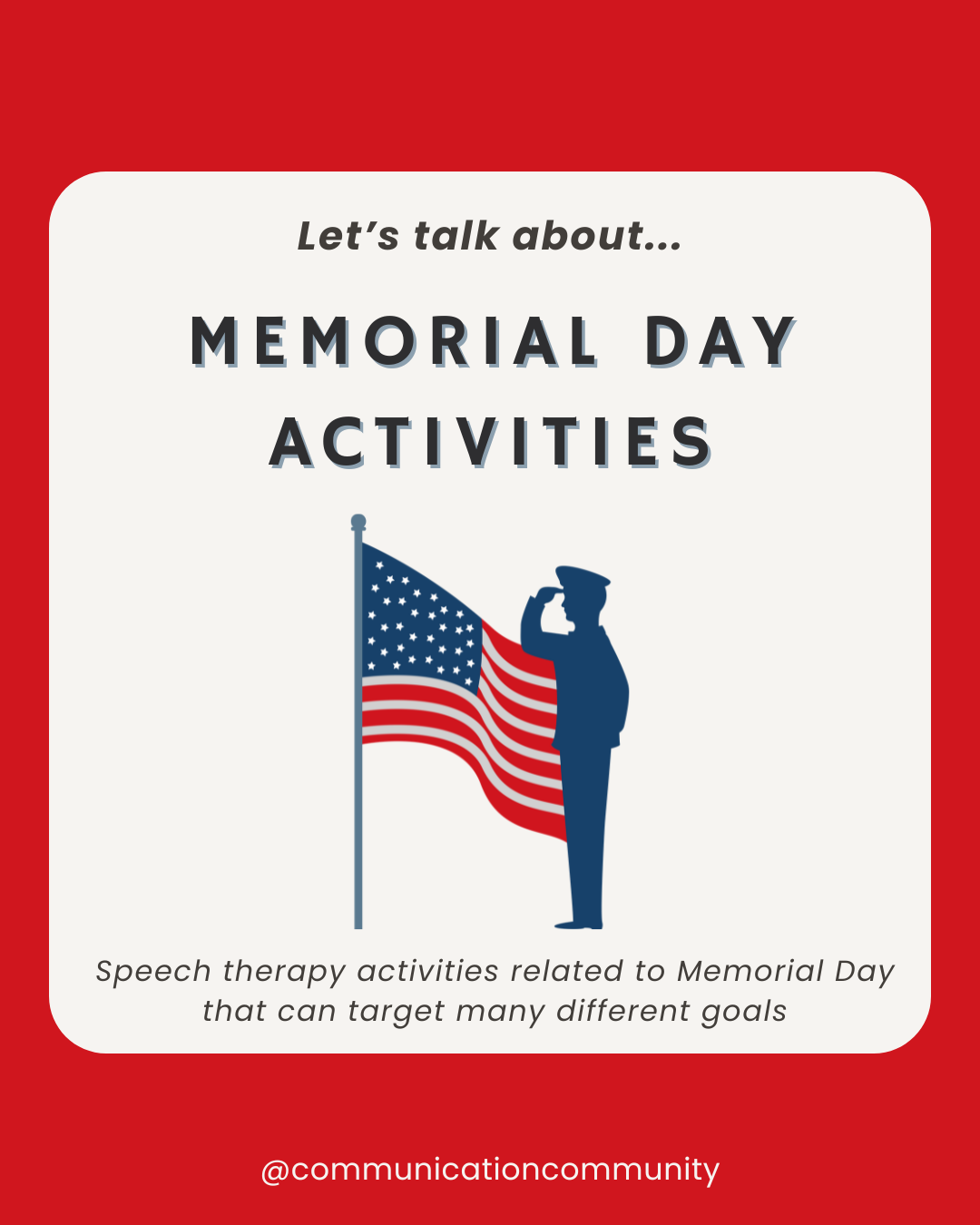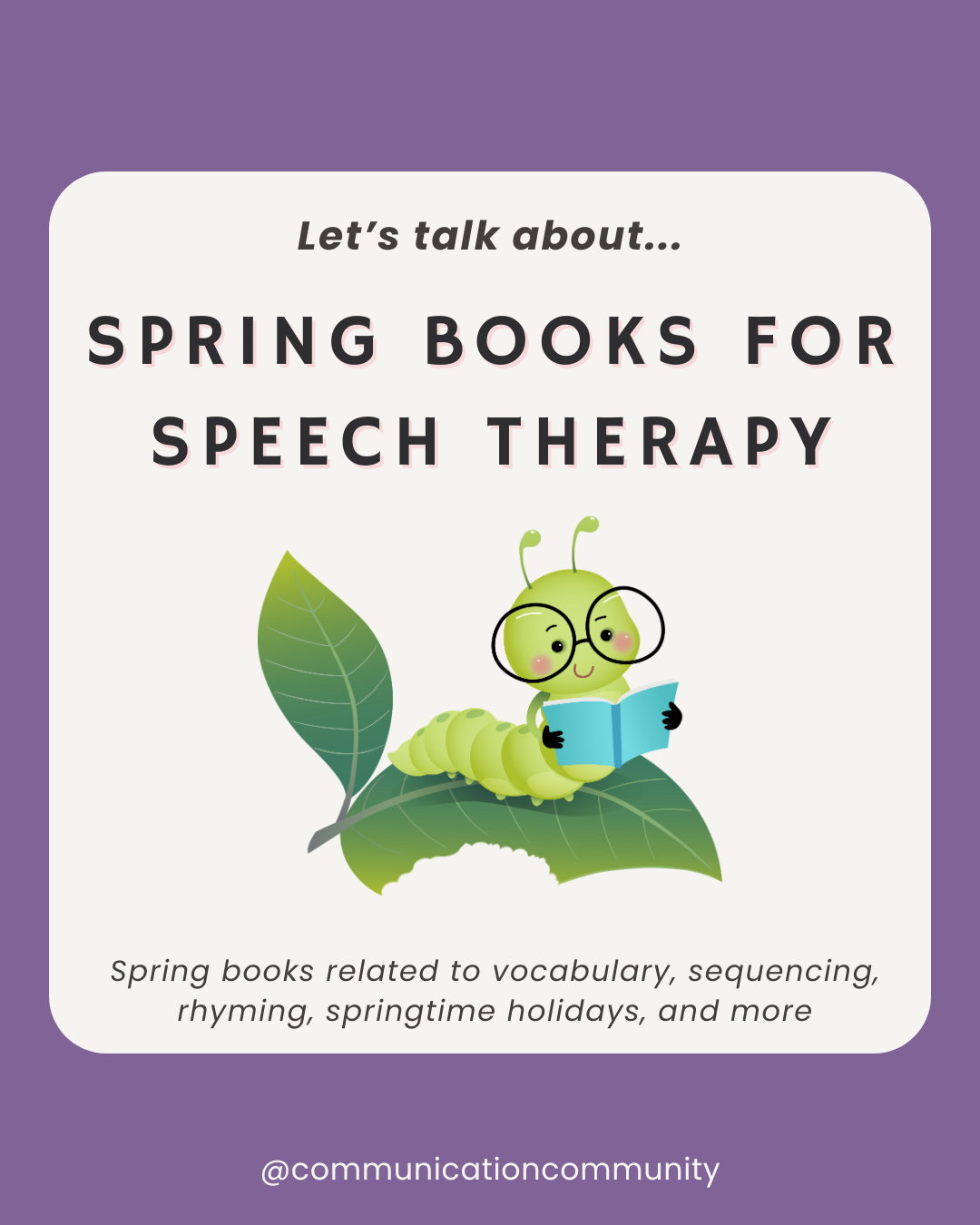Stuttering is a type of fluency disorder. Another type of fluency disorder is cluttering, which has some similarities. In this post, we will define stuttering and cluttering, and discuss causes, assessments, and treatment techniques for these disorders.
If someone speaks fluently, their speech sounds smooth and easy to produce. No one’s speech is 100% fluent (or if someone does speak this way, I’d like to meet them!), and some disfluencies in everyones’ speech are expected to some degree.
So what is considered a fluency disorder? When an individual’s interruptions, or disfluencies, are present in more than 10% of one’s words, they are considered as having a “fluency disorder.”
Types of Disfluencies
There are three main types of stutter-like disfluencies: repetitions, prolongations, and blocks. Individuals who stutter may speak with all of these disfluencies or just one or two of them.
Repetitions: when an individual repeats a sound or monosyllabic word. It may sound like: “s s s snake,” or “I don’t don’t like snakes.”
Prolongations: when an individual says a sound for an extended period of time. It may sound like: “I wwwwant ice cream.”
Blocks: when an individual’s speech is interrupted by stoppages of airflow or sound production. There may be excessive tension in the individual’s mouth or they might demonstrate a secondary behavior while experiencing a block. Blocks can occur very quickly (e.g. half a second or less), or can be sustained for a longer amount of time (e.g. three or more seconds). It may sound like: “I want…….ice cream.” They can occur in the beginning or middle of words.
Individuals who stutter may experience varying amounts of disfluencies depending on their situation. If they are experiencing greater stress or time pressure, they may have greater disfluencies. This may include giving a presentation, speaking with an unfamiliar person, or going through a drive-thru line at a restaurant. Individuals who speak more than one language may find that they stutter more in one language than the other, or they stutter fairly equally in both.
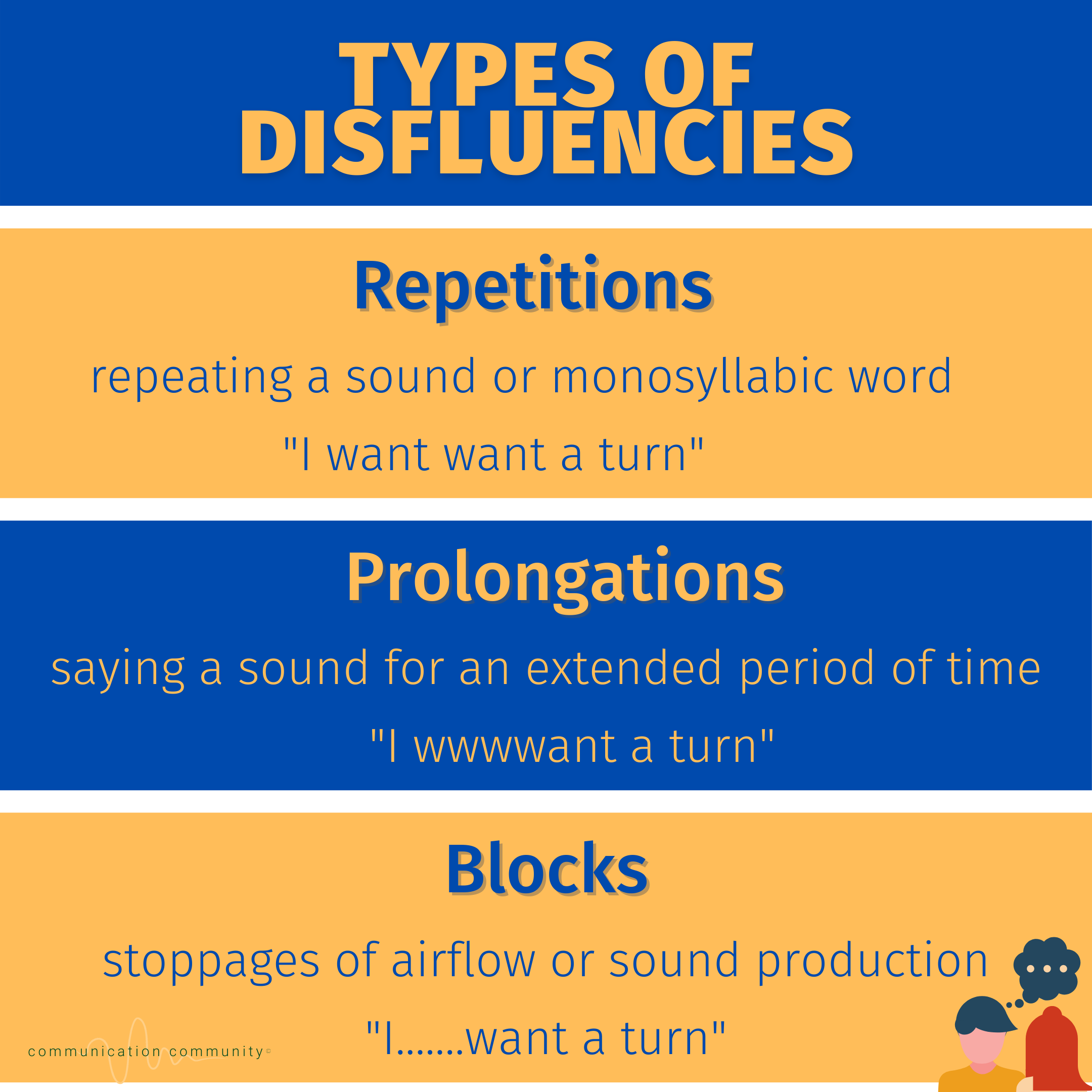
Stuttering versus Cluttering
When an individual stutters, they have stutter-like disfluencies mentioned above, and often have secondary behaviors related to stuttering. Their rate of speech is typically normal, though may be slightly slower due to experiencing disfluencies. Individuals are usually aware of their disfluencies.
Individuals who clutter often have interruptions in their speech related to speaking very quickly or irregularly (e.g. sometimes faster, sometimes slower), irregular pauses, and less awareness of their disfluencies. They may also change topics quickly or omit syllables when speaking, which can make it hard to be understood by others. An individual speaking irregularly or omitting syllables may sound like: “Let’s go get I really like I want ice cre- chocolate!” As with stuttering, it is typical for anyone to have disfluencies at times, but when it is more than expected and consistently disrupts the flow of speech, it is considered a disorder.
Some individuals who stutter may also clutter but others just stutter or just clutter.
Stuttering Causes and Statistics
Congenital: Most individuals who stutter are unable to point to a root cause or reason why they stutter. Stuttering often begins when individuals are around preschool-age and are still developing language. In most cases, young children who stutter find that it subsides as they get older. If an individual has a close family member that stutters, like a parent or a sibling, they may be more likely to stutter as well. It is more common for males to stutter throughout their lifetime.
Acquired: Some individuals may experience a traumatic injury or disease, which causes them to stutter. This may include having a stroke, brain injury, tumor, or degenerative disease (e.g. Parkinson’s, multiple sclerosis). This type of stuttering is called neurogenic stuttering and is rarer than developmental stuttering. Types of disfluencies for acquired stuttering disorders can present differently than congenital stuttering disorders.
Secondary Behaviors Related to Stuttering
Individuals who stutter often experience secondary behaviors related to their stuttering. These may include blinking while stuttering; turning their head down, up, or to the side while stuttering; or having tension in their face, mouth, neck, or other parts of their body. These secondary behaviors may be minor and barely noticeable, but can also be more severe in nature.
Unfortunately, individuals who stutter may experience negative psychological, emotional, or social feelings. Individuals who stutter may feel social anxiety and may avoid certain situations because of their stuttering.
How to Assess Fluency Disorders
Individuals who are suspected to have fluency disorders can have a formal speech-language evaluation completed by a speech-language pathologist (SLP). A physician can refer individuals to SLPs if needed. A formal assessment for fluency will likely include all components of a standard evaluation. The SLP may have the individual complete a language sample and record the disfluencies they hear. There are formal stuttering assessments, including the Stuttering Severity Instrument and Test of Childhood Stuttering.
Individuals who are older may also complete the Overall Assessment of a Speaker’s Experience of Stuttering (OASES). The OASES is a questionnaire, which measures the life impact an individual’s stuttering has, and looks at areas such as reactions to stuttering and communication in daily life.
Completing an evaluation for cluttering may include observing conversational speech, speech when reading a passage, articulation, and general language use. Individuals may also complete questionnaires related to the life impact their disfluencies have.
How to Treat Fluency Disorders
There are numerous strategies and techniques for treating fluency disorders. When considering treatment for fluency disorders, it is important to make sure the client who stutters remains at the center of the treatment plan. For example, if the client does not want to focus on just reducing their disfluencies, but rather increasing comfort in difficult situations related to stuttering, intervention should be related to their personal goals. Stuttering in and of itself is not necessarily a bad thing, and not every individual who stutters wants to “get rid” of their stutter.
Looking for fluency goals? Check out our posts on stuttering goals and cluttering goals. Goal banks are included!
Indirect versus Direct Treatment
There are indirect and direct approaches to treating fluency disorders. Indirect treatment is centered on supporting families who have children who stutter, and includes reducing communication demands, changing their speech, and learning how to help children change theirs. Direct treatment is centered on modifying an individual’s disfluencies or helping them change their feelings related to their disfluencies.
Speech Modification and Stuttering Modification
One type of direct therapy approach is using speech modification (fluency shaping) strategies. These techniques can be used to increase fluencies in individuals’ speech by reducing tension, easing into words, and reducing the overall rate of speech. Stuttering modification strategies include “canceling” disfluencies (e.g. if an individual says, “sssnake,” they then repeat the word “snake,” fluently. Other stuttering modification strategies include decreasing sensitivity and negative reactions to stuttering and increasing acceptance of it. For more information on these treatment approaches, check out the treatment portion of this page from the American Speech-Language-Hearing Association (ASHA).
Another component of fluency treatment may be counseling and addressing the negative feelings related to stuttering if they are present. Treatment for individuals who stutter may include trying to increase self-acceptance of their disfluencies and reducing word or situational avoidance related to stuttering. Some individuals who stutter may avoid saying certain words that they know they often have disfluencies on, so intervention may include working on saying that word and being okay if there are disfluencies. If individuals who stutter avoid certain situations because they stutter, such as reading aloud in class or going through a drive-thru, intervention may include role-playing or actually participating in these situations.
Resources
There are many resources related to stuttering, which may be helpful for individuals who stutter and their families. Some of these include:
National Stuttering Association
Stuttering Association for the Young
International Stuttering Association
Friends: The National Association of Young People Who Stutter
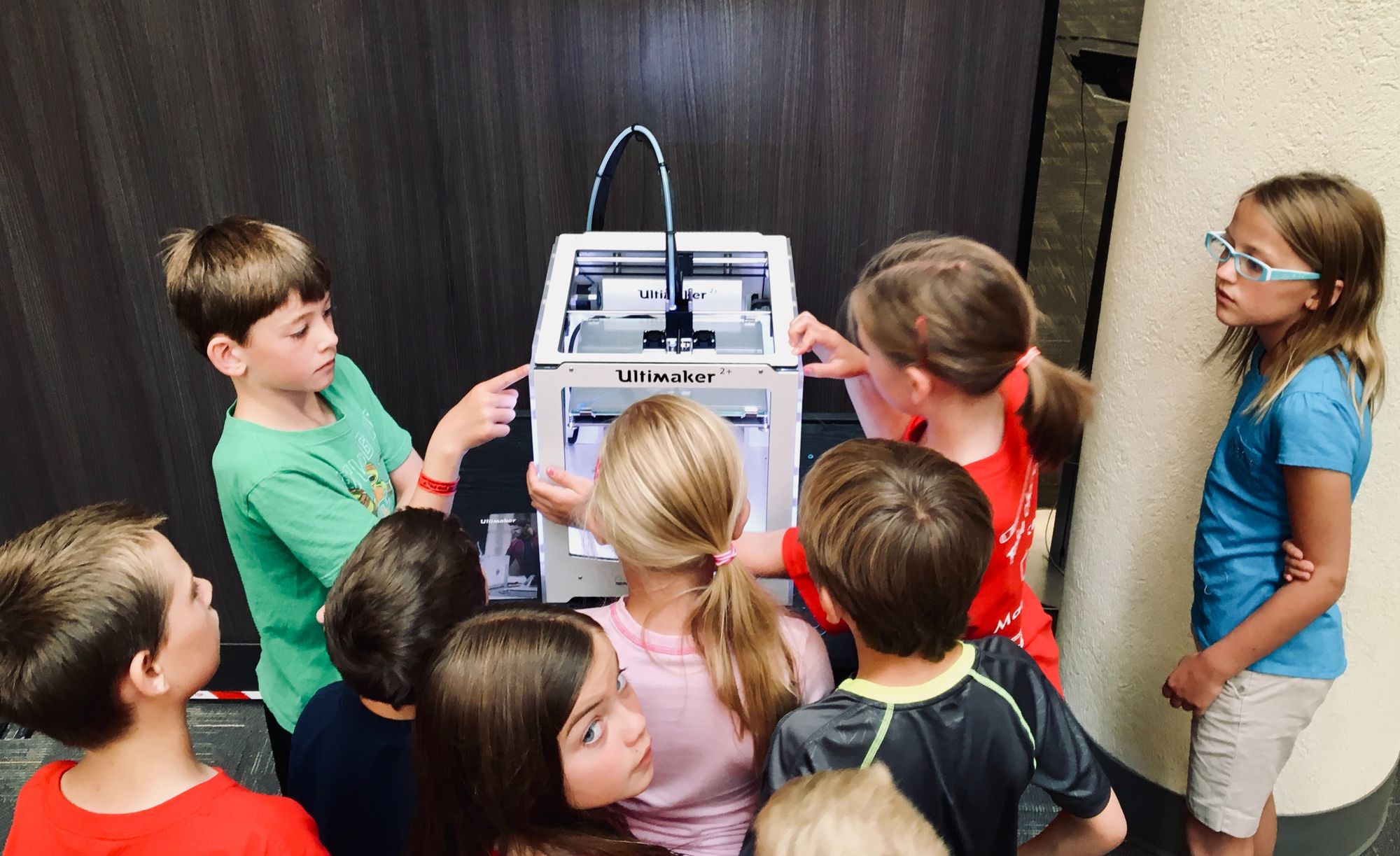


Citations/further resources
https://associations.missouristate.edu/ica/Resources/cluttering_assessment.htm
https://www.asha.org/practice-portal/clinical-topics/fluency-disorders/#collapse_2

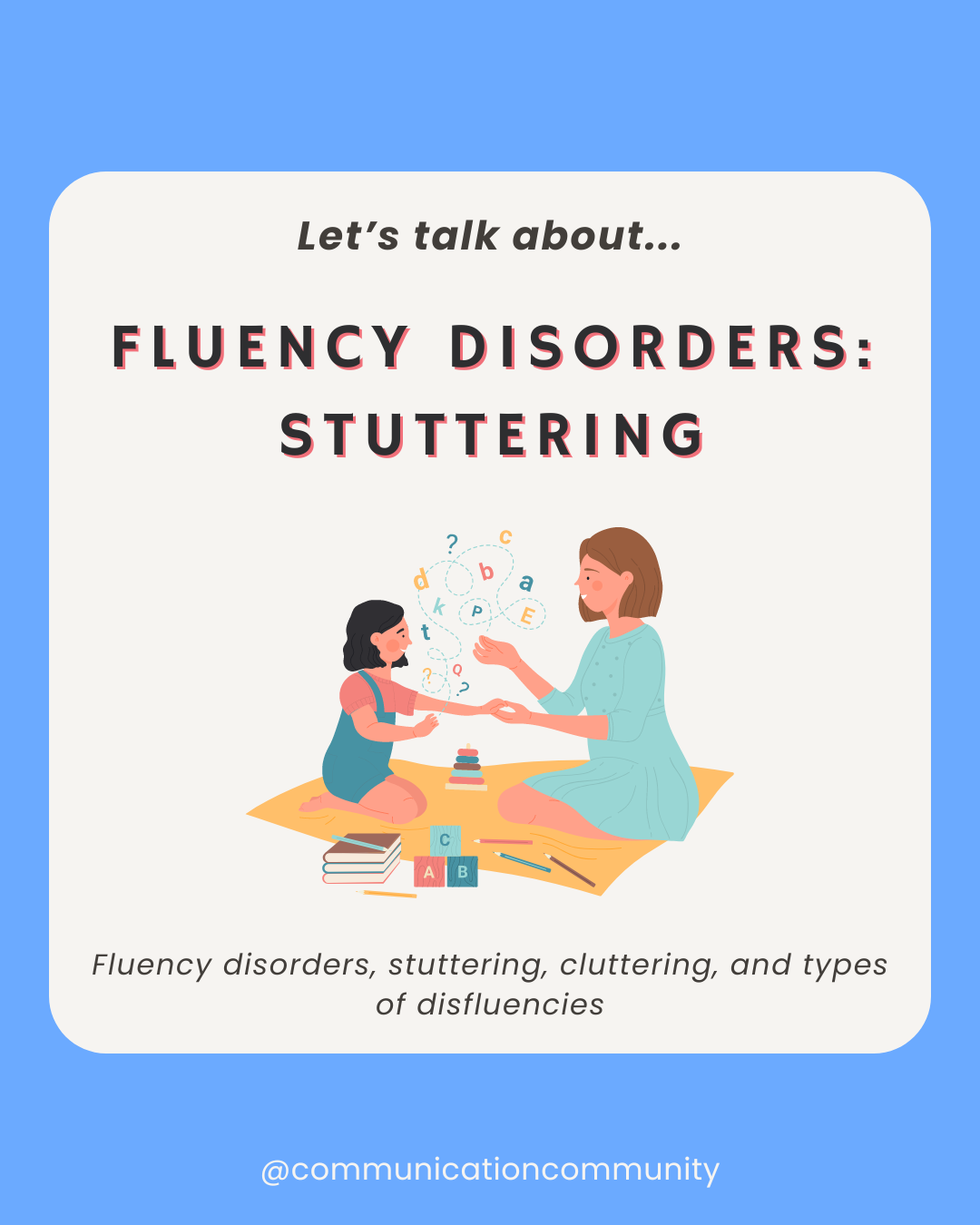
![How to Write Apraxia Goals [with goal bank]](https://www.communicationcommunity.com/content/images/2024/07/Apraxia-Goals--1-.png)
